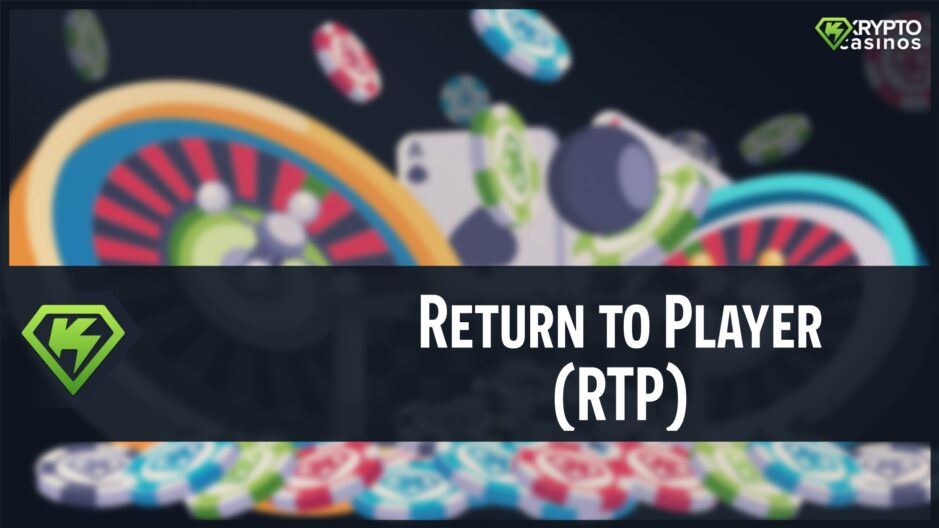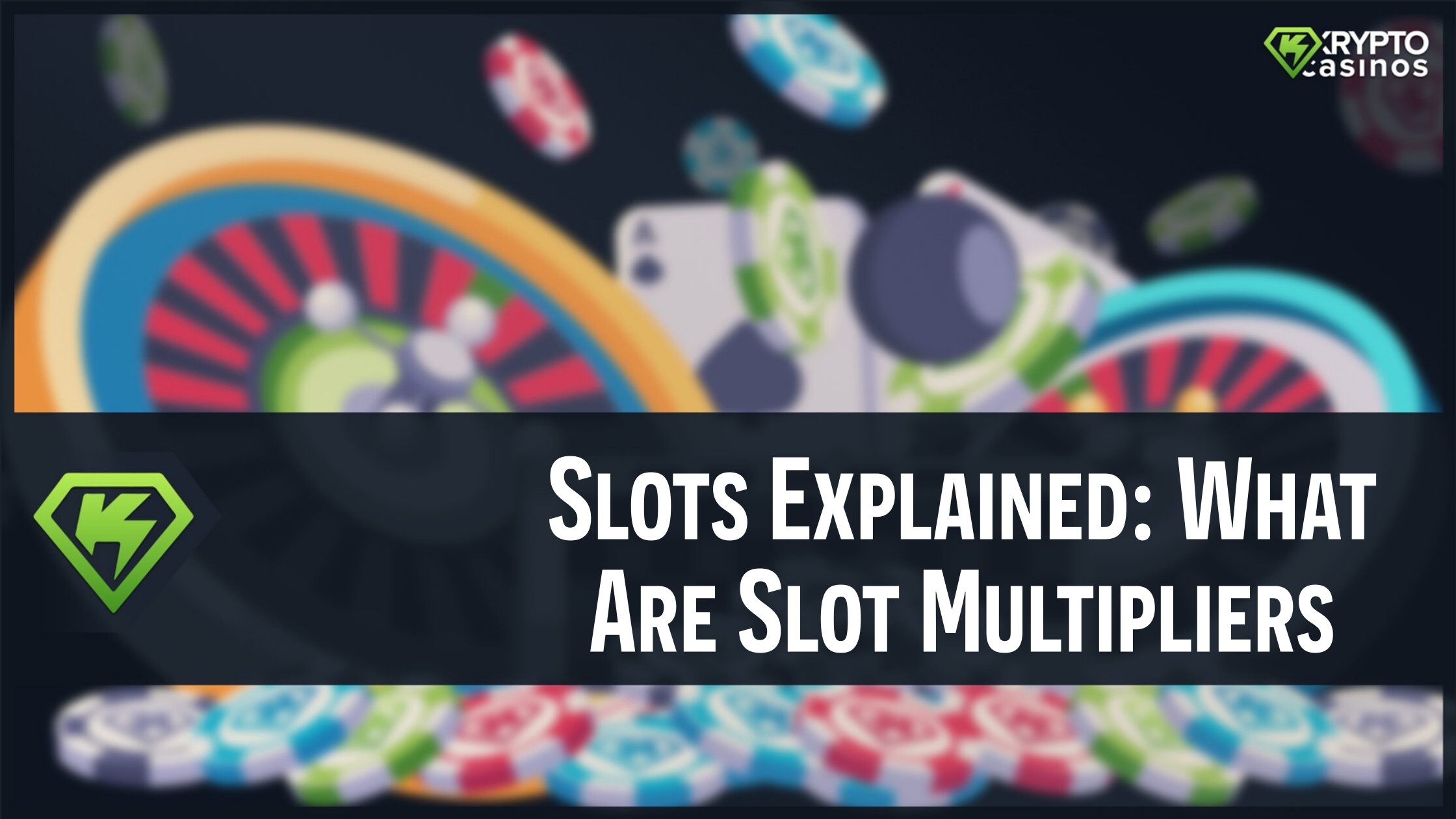RTP Explained: How the Payout Percentage Works in Casino Games
Anyone who plays at online casinos will inevitably stumble across the term “Return to Player” or the abbreviation RTP. Even beginners quickly realize that the RTP is an important factor and should be as high as possible. We explain below why the term “Return to Player” is so important and how it is determined. This will give you an insight into the topic and you will see why some games just don’t work out with high winnings.
Reading time: ~ 7 minutes

The most important facts in brief
- The abbreviation RTP stands for “Return to Player” and indicates the amount that is returned to the players through winnings. The RTP is given as a percentage.
- If the RTP of a game is 96%, then €96 of €100 wagered by players will be paid out as winnings.
- The RTP is an average value for which a large number of spins are used for the calculation. The RTP says nothing about how much a player can win in a session.
- In addition to the RTP, the variance of the games also plays a role. A distinction is made between games with low, medium and high variance.
- Games with low variance regularly pay out small winnings. High variance games, on the other hand, offer fewer winnings, but higher winnings are possible.
What does “Return to Player” mean in the casino?
“Return to Player” means something like “back to the player” and explains at least to some extent what the term is all about. The RTP indicates the amount that is returned to the players and is given as a percentage. However, this is an average value calculated on the basis of the disbursements that took place over a certain period of time. So with an RTP of 96%, on average 96% of every euro goes back to the players. However, this does not mean that you will win with every euro you bet.
Calculate Payout Ratio RTP
In order to understand how the “Return to Player” is calculated, it is also important to know how this value is calculated. The payout ratio is calculated with the help of a simple formula:
Sum of disbursements : Total amount of deposits = Return to Player
In theory, an RTP of 96 to 98% seems like a safe bank. In practice, however, it looks different, because even in games with a high payout ratio, you don't always benefit from winnings. Especially in slots with integrated jackpots, where the payouts are then very high, the players go empty for a long time until there is a payout of winnings. The situation is different with roulette, where about half of the bets can lead to a win.
With card games, on the other hand, the determination of the RTP is somewhat more difficult, because here the payout rate also depends on the talent of the players. With the right strategy, the “Return to Player” can be higher than the average. For example, if you draw at a point value of 17 in blackjack while the dealer is holding a 6, you are lowering the payout percentage by using the wrong strategy.
RTP for online slot machines
Especially in online slot machines, the RTP is of great importance, because here the risk of gambling away the balance within a short time is higher than in classic casino games. If a slot offers a high RTP, then you will be able to use your deposit longer than you would with a slot that has a low payout ratio. Therefore, the term “return to player” has now become an important factor for players when choosing slots.
While there used to be many slots on the market that offered an RTP of just 93% or even lower, most online slot machines now offer higher payout rates that give better odds of winning. However, this development led to the exclusion of slots with an RTP of 96% or above from wagering requirements in bonus offers.
The payout ratio in online blackjack
Online casinos usually offer different variations of classic blackjack, such as Surrender Blackjack, Perfect Pairs Blackjack, Spanish 21 Blackjack and Pontoon Blackjack. The variants differ not only from the rules, but also have a lower payout ratio than the blackjack games played according to the traditional rules. However, the “return to player” only falls below the 95% mark in a very small number of cases.
If classic blackjack is played flawlessly, then the payout rate is theoretically 99.4%. However, since most players do not use a perfect strategy or do not follow the gameplay with full attention, the actual RTP in online blackjack is below 99.4% and settles at a lower level.
Roulette RTP
Besides blackjack, roulette is also one of the favorites of many players. Both American and European roulette are offered in online casinos. The variants differ not only in the gameplay, but also in the “Return to Player”. Betting turns out to be basically the same for both games and there is a distinction between outside and inside bets.
Outside bets involve betting on a property, such as even / odd, black / red, or low / high. The outside bets have a relatively low payout and thus generate a low turnover. The inside bets, however, such as straight, split, street, corner or top line, offer higher payouts.
Despite the different odds of the different types of bets, they all have the same RTP. Since American Roulette uses a kettle with two zeros, the RTP for this variant is 94.74% for all bets. European Roulette, on the other hand, is played with only one zero and thus offers a higher “return to player” with a payout ratio of 97.3%.
What does variance mean in terms of RTP?
In connection with the “Return to Player”, there is also frequent talk of variance. While the terms are closely related, they should not be equated. The RTP shows what percentage of the stakes are ideally returned to the players through winnings. The variance, on the other hand, describes how the RTP in the slot comes about. A distinction is made between low and high variance slot machines.
Low variance slots pay out small winnings more often, giving players a longer return on their deposit. While there are regular payouts for low variance games, the real high wins are absent. High variance slots, on the other hand, are less likely to pay out winnings. However, the winning amounts are significantly higher than in games with low variance.
Myths about the payout ratio – What is true?
There are a number of myths surrounding the payout percentages of online casino games, and truths are spread among players, but not all of them are true. We would therefore like to take this opportunity to dispel the most widespread myths and explain which ones are actually true.
“In a single session, RTP doesn't matter.”
Many players do not pay attention to the RTP when choosing a game, reasoning that the “return to player” is not important in a single session. Basically, this is true and it proves to be difficult to achieve the actual RTP during a session. Nevertheless, players also benefit from playing a slot with an RTP of 96.5% instead of 87% in individual sessions. The probability of winning at a slot with high RTP is also higher for single sessions.
“Online casinos manipulate the RTP of games.”
Of course, it is advisable to be cautious and question facts in the online casino industry. However, this assumption is a misconception that does not correspond to the truth. The online casinos only integrate the software of the developers into their casino platform, but do not have access to the settings of the games. Thus, the operators have no possibility to manipulate the RTP and change it in their favor.
“A progressive jackpot affects the actual RTP of a slot machine.”
This statement is not a myth, but a fact that corresponds to the truth. If an RTP of 93% is given for a progressive jackpot slot, then this only refers to the ideal case when the main prize is paid out. However, if this is not the case, the “Return to Player” is much lower until the jackpot is paid out.
How online casinos use the RTP
For online casinos, the RTP is an important factor because it basically indicates how high the profit margin of the provider is. For this purpose, the slots are programmed by the developers in such a way that the payout ratio is maintained. For table and card games as well as Live Casino games, the RTP can vary, as the talent of the players also determines the frequency of the payout of winnings.
Of course, since online casinos also want to ensure their survival, it often happens that slots with a high payout ratio are excluded from the wagering requirements of the promotions offered. Similarly, table and card games often contribute only to a small extent to the wagering requirements. Of course, even a game with a high RTP does not guarantee a win, as this is only an average value.
Conclusion
The “Return to Player” provides information about the bet-to-win ratio of online casino games and the amount of money returned to players. The higher the RTP, the higher the chances of winning. Nevertheless, the RTP should not be seen as a guarantee of winning. The variance of the games is also decisive here. If a casino game has a high variance, then the chances of winning are lower, but high winnings can also be cleared. With a low variance, on the other hand, smaller winnings are paid out on a regular basis.
FAQ: RTP in online casinos
The RTP of many slots ranges from 95 to 97%. However, there are slot machines that have an above-average payout rate. At the top is currently the slot Ocean Princess from Playtech, which has an RTP of 99.07%. NetEnt has 3 slots ready that have an above-average RTP. With 99%, Mega Joker also offers a very good payout rate. In the Jackpot 6000 slot, the RTP is only minimally lower at 98.9%. With an RTP of 98%, the NetEnt slot Bloodsuckers is also very well positioned.
The payout ratio indicates the amount of wagers placed by players that are returned in the form of winnings. The house edge, on the other hand, indicates what percentage of the stakes goes to the online casino. With a payout ratio of 95%, the house edge is 5%.
Many online casinos are transparent with this information and provide it in the game description. Alternatively, info buttons are often available to view the most important information about the game.
Yes, there are definitely differences here. The RTP in online casinos is usually higher than in arcades and land-based casinos.
The RTP shows what percentage of the deposits will go back to the players as winnings. Therefore, a game with a high RTP also offers higher chances of winning than a game with a low payout ratio.
In table and card games, where the odds of winning also depend on the talent of the players, the payout ratio can be influenced. With the right strategy, the chances of winning can very well be increased.
If a game offers a high payout rate, then the chances of winning are higher. However, a high RTP is not a guarantee of winning. Since the payout percentage is determined based on many spins, it is an average value that refers to the entirety of the games and not to the sessions of individual players.
These cannot be completely avoided. However, if you don't want to play on games with low RTP, you should find out about the payout ratio in advance.
A payout ratio of between 95 and 98% is now considered standard. There is talk of a high payout rate with values above 98%.
Yes, there are also games on the market that deviate from the standard. However, the level of the payout ratio is monitored by the licensing authorities. For example, the Malta Gaming Authority makes sure that slots have an RTP value of at least 92%.
Reputable online casinos offer fair payout rates. After all, the casino providers also have to earn money and understandably want to get their share of the stakes.
The RTP value of the games is determined by the software developers and controlled by the licensing authorities.



